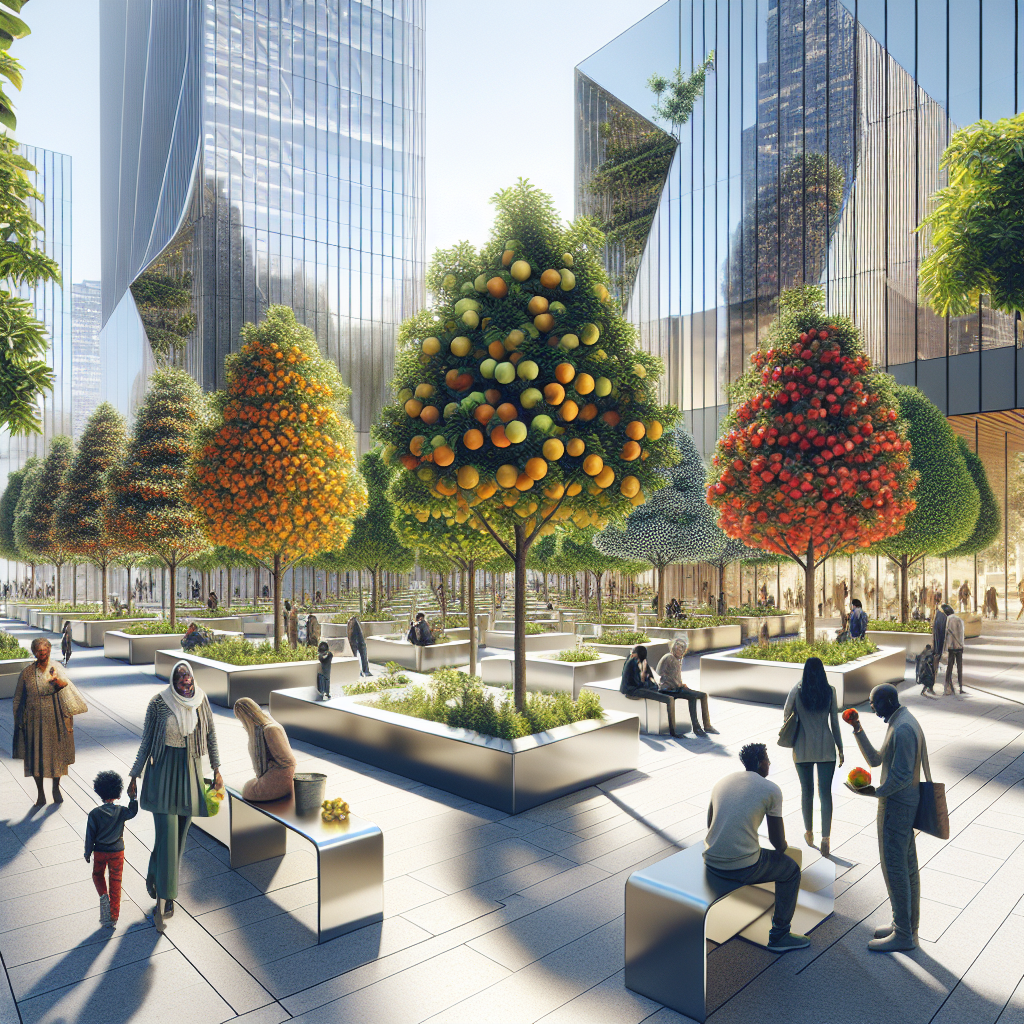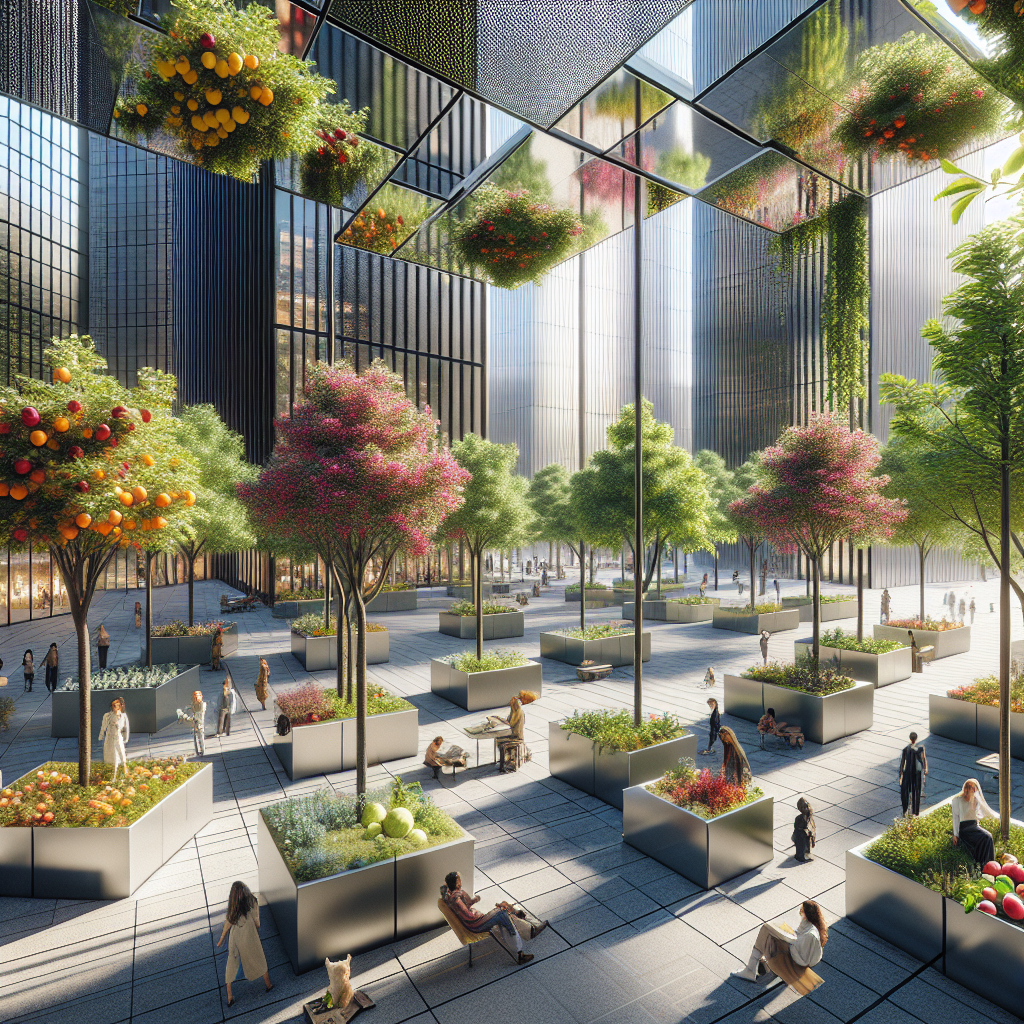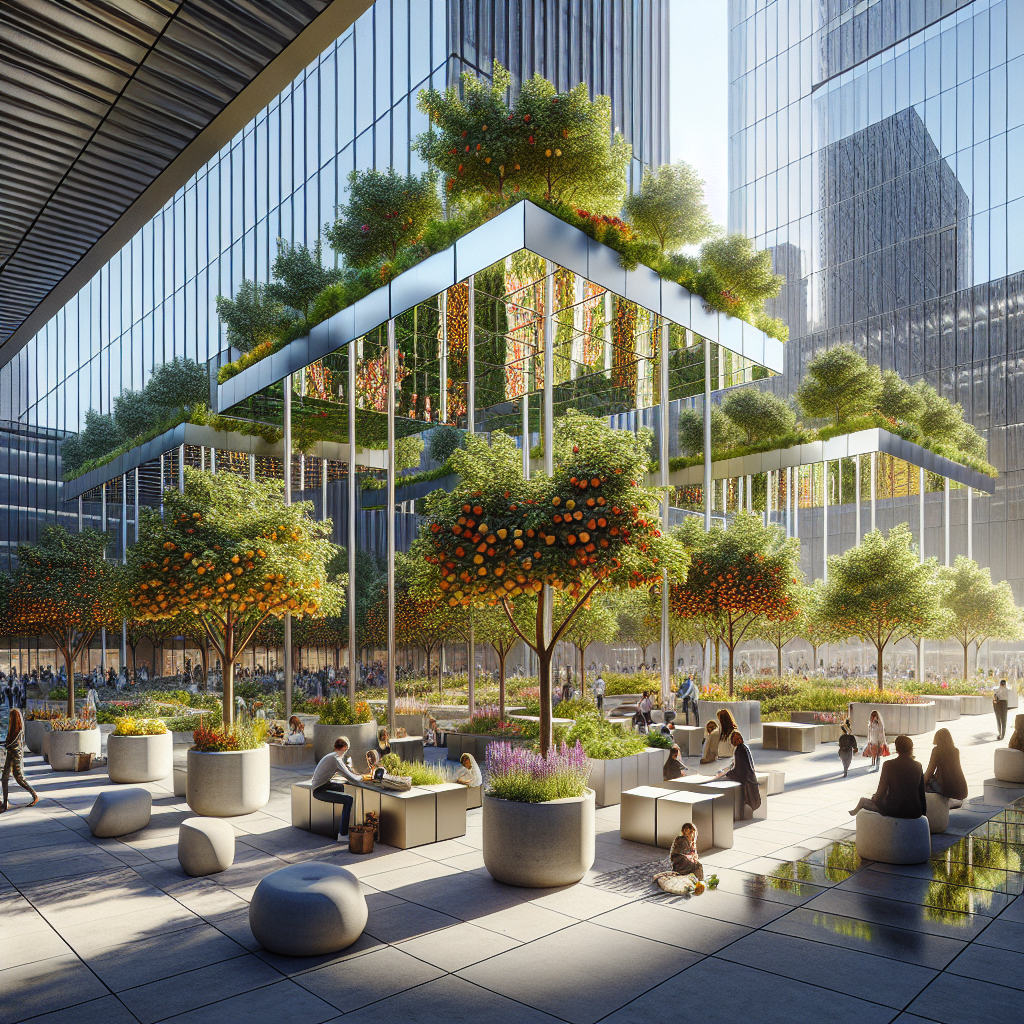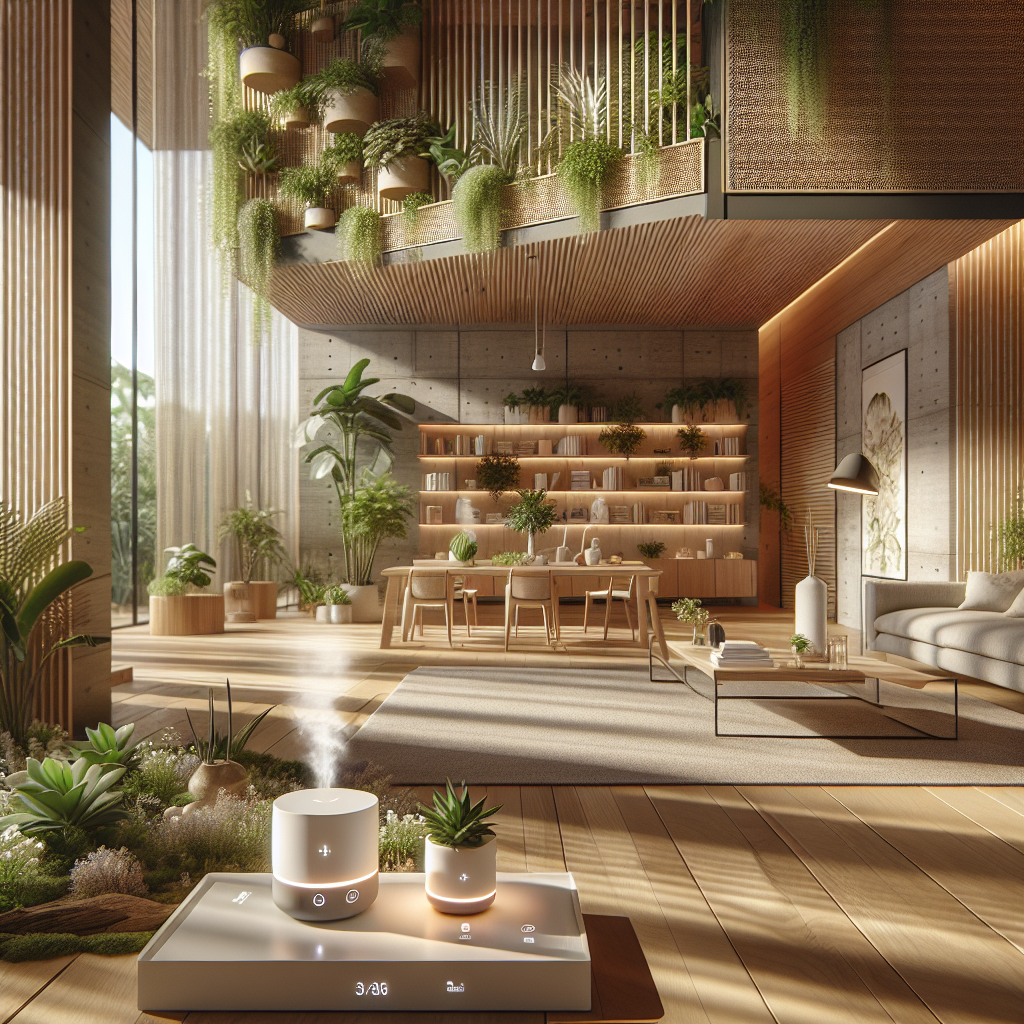Urban orchard design: cities adopting fruit trees as public art
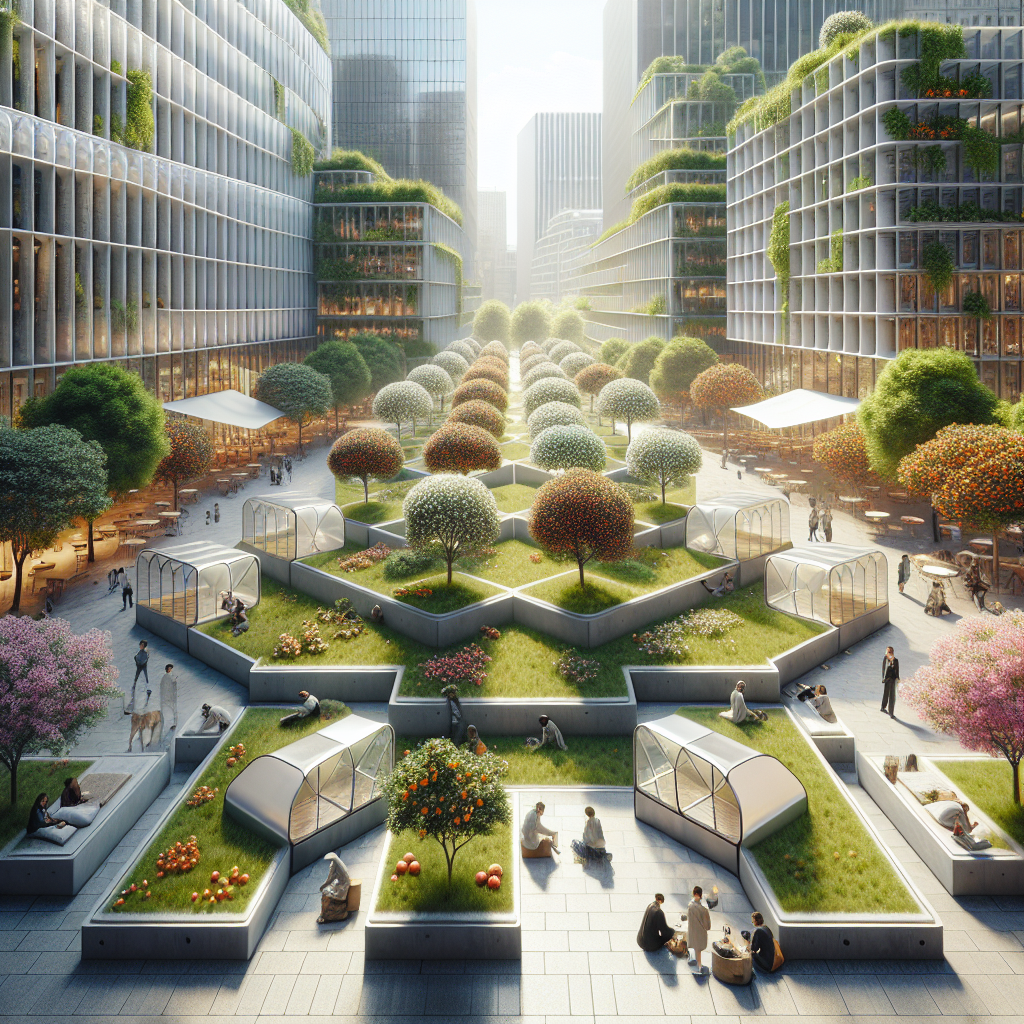
Urban Orchard Design: Cities Adopting Fruit Trees as Public Art
In the evolving narrative of urban design, a new form of public art is quietly taking root—literally. Across the world, cities are transforming boulevards, plazas, and rooftops into urban orchards, merging the aesthetics of landscape architecture with the ethics of sustainability. These living installations are not merely decorative; they produce food, foster biodiversity, and invite citizens to participate in the rhythms of nature. As urban planners and architects reimagine the future of green infrastructure, the fruit-bearing tree has emerged as both a sculptural element and a social catalyst.
The Rise of the Urban Orchard Movement
The concept of the urban orchard—a public space planted with fruit trees for communal use—has gained traction in cities from Paris to Melbourne. According to the Wikipedia entry on urban agriculture, the practice of cultivating food within city limits dates back centuries, but its modern revival is rooted in the intersection of climate-conscious design and participatory art. Urban orchards now serve as open-air galleries where nature and design coalesce, redefining what public art can be.
In Paris, the “Vergers Urbains” initiative has turned neglected lots into micro-orchards, each designed with a distinct visual language—geometric layouts of apple and pear trees punctuated by sculptural trellises and modular seating. Meanwhile, in Los Angeles, the “Fallen Fruit” collective has mapped and planted hundreds of fruit trees along sidewalks, transforming ordinary streets into edible art installations. These projects exemplify how landscape architecture can transcend utility to become a medium of cultural expression.
Fruit Trees as Living Sculptures
The aesthetic potential of fruit trees lies in their cyclical transformation. Cherry blossoms, citrus fruits, and fig leaves each bring seasonal variation to the urban canvas, creating what could be described as a temporal art form. The visual rhythm of ripening fruit mirrors the dynamic energy of the city itself. Designers are increasingly treating these orchards as sculptural compositions—arranging trees in patterns that echo architectural grids or organic fractals.
In Rotterdam, the “DakAkker” rooftop orchard integrates linear rows of apple trees with reflective metal planters that double as art installations. The interplay of natural growth and industrial materiality creates a dialogue between the organic and the constructed—a theme explored in biophilic design movements worldwide. The orchard becomes a sensory experience: the scent of blossoms mingling with the hum of the city, the glint of fruit against glass façades.
Designing for Ecology and Community
Beyond their visual allure, urban orchards are ecological infrastructures. They support pollinators, improve air quality, and mitigate the urban heat island effect. According to the ecosystem services framework, such green interventions provide measurable environmental benefits while enhancing social cohesion. The act of harvesting fruit becomes a shared ritual—an antidote to the anonymity of city life.
Architects and urban ecologists are collaborating to design orchards that balance aesthetics with ecological performance. In London’s Elephant Park, landscape architects Gillespies integrated edible species into a sculptural topography of mounds and pathways, creating a space that invites both contemplation and participation. Similarly, Tokyo’s “Edible City” initiative has introduced espaliered fruit trees along pedestrian corridors, turning narrow streets into fragrant, walkable orchards.
These interventions echo the ethos of urban farming—a discipline that merges agriculture with architecture to produce resilient, self-sustaining environments. Yet urban orchards differ in their emphasis on artistry. They are not farms hidden behind fences but open, performative landscapes where design and ecology intertwine.
Public Art Meets Productive Landscape
The convergence of public art and productive landscape design is reshaping how cities conceive of beauty and utility. Fruit trees, once relegated to private gardens, are now curated as public installations. Their sculptural forms—gnarled trunks, flowering canopies, pendulous fruit—are celebrated as living artworks. This shift reflects a broader cultural movement toward designing public spaces that engage the senses and foster community ownership.
In New York City, the “GrowNYC” program has commissioned artists to collaborate with horticulturists, resulting in hybrid installations that blur the line between sculpture and orchard. One notable example is the “Cider Circle” in Brooklyn’s Navy Yard: a ring of dwarf apple trees surrounding a mirrored pavilion that reflects both the skyline and the seasonal change of the canopy. The design’s circular geometry evokes unity and renewal—concepts central to both ecological cycles and civic identity.
Materiality and Form: The Designer’s Palette
The success of an urban orchard lies in its integration with the built environment. Designers are experimenting with materials that complement the organic textures of bark and leaf. Polished concrete benches curve around tree bases, corten steel planters frame rows of citrus, and translucent canopies filter dappled light onto cobblestone paths. The result is a choreography of light, color, and scent—a multisensory experience that rivals traditional sculpture parks.
Recent projects in Copenhagen and Milan have adopted modular orchard systems, allowing fruit trees to be relocated or reconfigured as part of seasonal exhibitions. This adaptability aligns with the principles of modular design, ensuring that orchards remain responsive to evolving urban needs. The aesthetic is minimalist yet lush—an interplay of geometry and growth that appeals to both environmentalists and design purists.
Technology and the Future of Edible Urbanism
Emerging technologies are amplifying the potential of urban orchards. Smart irrigation systems, soil sensors, and data-driven maintenance tools ensure that these living installations thrive with minimal intervention. In Singapore, designers have integrated digital mapping to track fruiting cycles and community harvest schedules, transforming the orchard into an interactive platform for civic engagement.
This fusion of nature and technology echoes the vision of AI-driven architecture, where responsive systems adapt to environmental conditions in real time. The orchard, once a static garden, becomes a dynamic interface—an intelligent ecosystem that learns, evolves, and communicates with its surroundings.
Reframing the Urban Aesthetic
The rise of urban orchard design signals a profound shift in how cities define beauty. Instead of monumental sculptures or sterile lawns, we are witnessing the emergence of living art—spaces that change with the seasons, invite participation, and yield nourishment. This approach aligns with the broader movement toward biophilic cities, where nature is not an accessory but an integral component of urban identity.
For architects and designers, the challenge lies in balancing form and function—crafting spaces that are both visually compelling and ecologically sound. The orchard becomes a metaphor for a new kind of urbanism: one that values growth over permanence, collaboration over consumption, and sensory richness over spectacle.
Harvesting a New Urban Ethos
As cities confront the realities of climate change and social fragmentation, the urban orchard offers a hopeful blueprint. It embodies the principles of sustainability, inclusivity, and artistry in a single gesture. Each tree planted is both a design statement and a civic promise—a commitment to beauty that feeds, shelters, and connects.
In this light, the urban orchard is more than a trend; it is a manifesto for the future of public space. By transforming fruit trees into public art, cities are cultivating not just landscapes, but communities—rooted in creativity, nourished by nature, and sustained by design.
Word count: approximately 1,420
